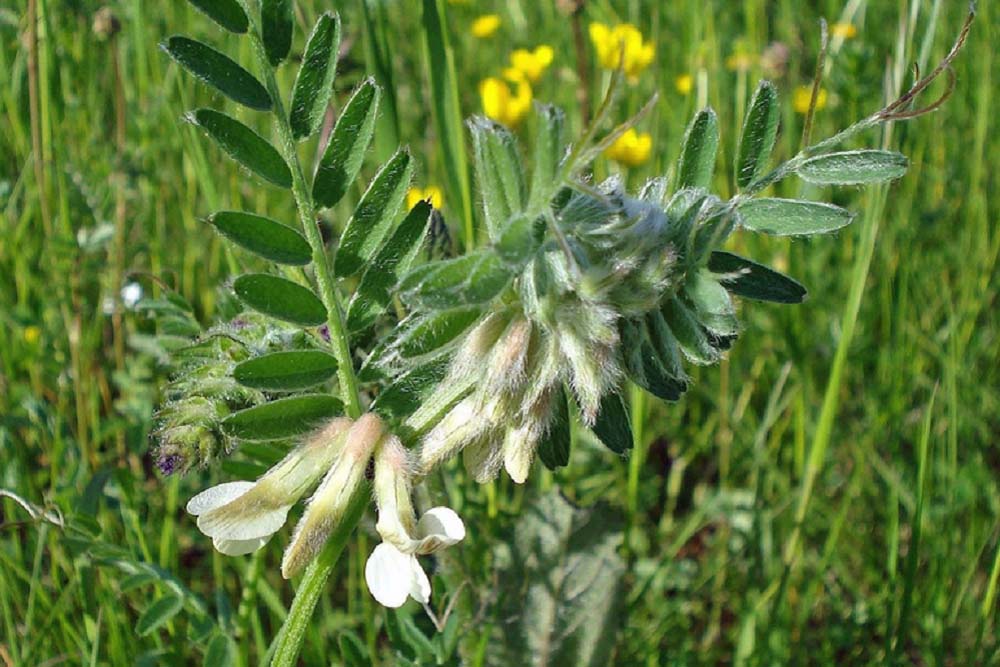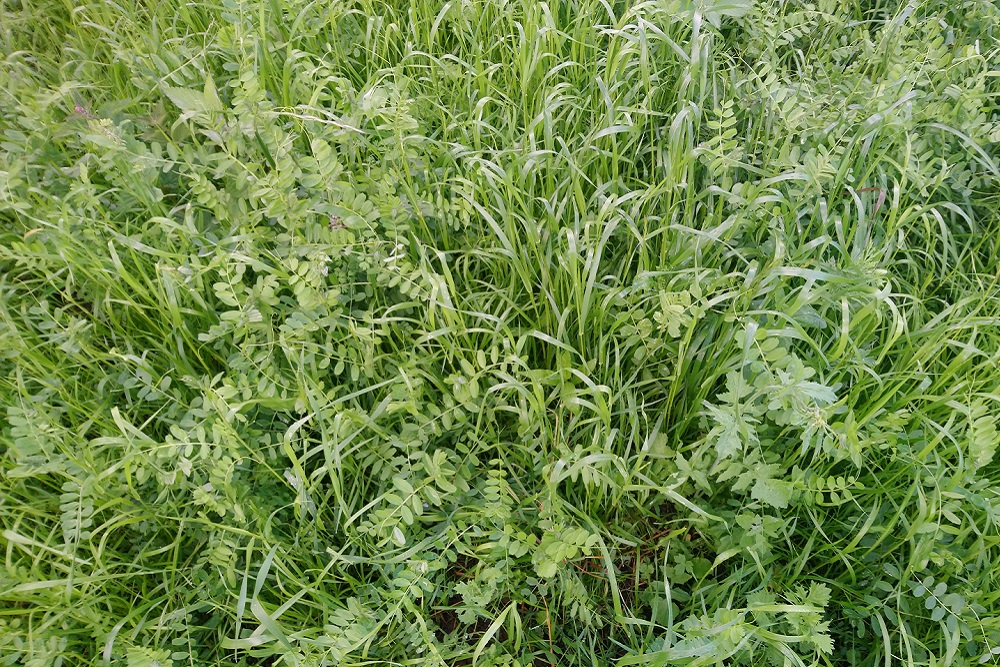We use cookies to make your experience better. To comply with the new e-Privacy directive, we need to ask for your consent to set the cookies. Learn more.
Green Manures, Cover Crops, Catch Crops

Green Manures, Cover Crops, Catch Crops
Although not a new idea, the use of green manures, cover crops, and catch crops has gained momentum in recent years as a powerful tool for regenerating soil health, enhancing biodiversity, and promoting sustainable farming systems.
Cover crops, green manures, and catch crops are terms that are used interchangeably to describe crops that feed, build, and protect the soil and also attract beneficial insects and soil microorganisms. Some people may say there are some differences between the definitions, but there is a lot of overlap.
Cover crops are primarily grown to protect and cover the soil during fallow periods or between cash crops in the rotation. These crops form a living cover that prevents soil erosion, suppresses weed growth and prevents the leaching of nutrients.
Green manures are sown and later ploughed or tilled back into the ground to improve its structure, organic matter and nutrient content.
Catch crops, sometimes referred to as "intermediate crops", are planted during short periods within the main growing season. They scavenge for leftover nutrients, while also protecting the soil from the harsh effects of sun, wind and rain.
Benefits:
- Protecting soil – Leaving soil bare is a big no-no as valuable nutrients will leach away or are lost in the air. A cover crop will pick up these nutrients and stabilise the soil with their roots; this prevents erosion. A bare soil is also prone to weed infestation. Promptly seeding open soil with a fast growing green manure will keep weeds at bay.
- Improving soil – Incorporating the green manure back into the soil adds a lot of organic matter which is vital for feeding the biology of the soil. The byproducts of this biology are what gives good soil its characteristics; for example, qualities like the ability to hold nutrients and make them available to plants, moisture retention and good porosity. Soil can be improved structurally too; for example heavy soil can be opened up with deep tap rooted species.
- Providing nutrients – The nutrients taken up or synthesised in the green manure will be released back into the soil for the benefit of the following crop. This is why, for example, leguminous plants such as clover, vetch, or lupins are often used as green manures. Their ability to fix atmospheric Nitrogen into the soil with the help of bacteria is key for providing enough of this essential nutrient in organic systems where artificial nitrogen fertilisers are not used.
Different types of crop:
Legumes (Clovers and Vetches) can produce good amounts of organic matter and some have impressive root structures. They can fix large amounts of Nitrogen from the air into soluble nitrogenous compounds in the soil which are available to plants. Now we know that this amazing example of natural chemistry is based on a symbiotic relationship between leguminous plants and the soil bacterium known as Rhizobium. Fast growing clovers, such as Crimson and Squarrose clover, are excellent choices as they grow rapidly producing a lot of bulk and nitrogen fixation in a short time. If later planting can't be helped then it is worth including Vetch which can be successfully established later than clovers. Vetch is also excellent at covering the soil and out competing weeds.
Grasses and Grains have great root systems, and will improve the soil structure preventing erosion and capping. Although they don't fix nitrogen like legumes, they are excellent at picking up existing nitrogen and holding on to it. Short lived rye grasses such as Westerwolds or Italian Ryegrass are excellent choices as they grow rapidly, grabbing any free nitrogen in the soil and preventing losses through leaching. Rye is one of the best winter green manures as it will grow at low temperatures, has a fabulous root system, is very good at scavenging for nutrients and it leaves lovely structure behind in the following Spring. Japanese Oats are good as they can help reduce root-node nematodes.
Grass or Grain /Legume Mix Growing a mix of a grass species and a nitrogen fixing legume is an ideal and time tested winter green manure strategy. Check out Rye/Vetch, Landsberger mix, Wild Atlantic Way mix or Westerwolds and Vetch mix. There are a few advantages to this. First, mixes are generally always good because different species have different root structures, nutrient requirements and optimal temperature ranges. As such they fill different niches and make better use of soil and climate resources. Second, nitrogen fixing plants will work more efficiently at taking nitrogen from the atmosphere if nitrogen is more scarce in the soil - such as when in competition for it with another plant. Finally, when incorporated the release of nitrogen back to the soil will be buffered as the legume releases nitrogen fast in comparison to the slower release from decomposing grasses. This spreads out the availability of nitrogen for the following crop.

Where to use:
- On empty beds, whatever the time of year. Good when potatoes or onions come out as the soil is already prepared.
- On areas of low fertility. Cover crops may need to be fertilised for best results.
- On areas of poor soil structure. (Some mechanical action may be needed too)
- Between widely spaced plants. For example; undersowing winter brassicas or sweet corn.
- On fallow areas not at present in cultivation.
- Never leave soil uncovered - aim to have 100% groundcover, 100% of the time.
How to sow:
- Prepare a level seed bed, reasonably weed free for best results.
- Scatter small seeds on top and lightly rake in. Larger seeds have to go deeper.
- Water if the weather is dry.
How to incorporate:
This should be done a few weeks before you need the soil or before the Green Manure plants become woody, whichever comes sooner. You can -
- Cut down with a strimmer or scythe and leave to wilt on the ground.
- Dig the plants back in using a sharp spade. Aim to bury them between 15-18 cms deep.
- If a frost tender manure is used in late summer you can let the cold weather kill it off. Leave on the soil, no need to dig in.
- Annual green manures such as mustard or buckwheat can be hoed in. Excess foliage can be composted.
- Mulching works well - annuals will take a few weeks to break down while perennials and rye will take a bit longer.
We stock all the seed necessary for the Catch Crops under the ACRES scheme. Browse our full range of Green Manures & Cover Crops here. You can also give us a call on 027 50710 to discuss your requirements.

